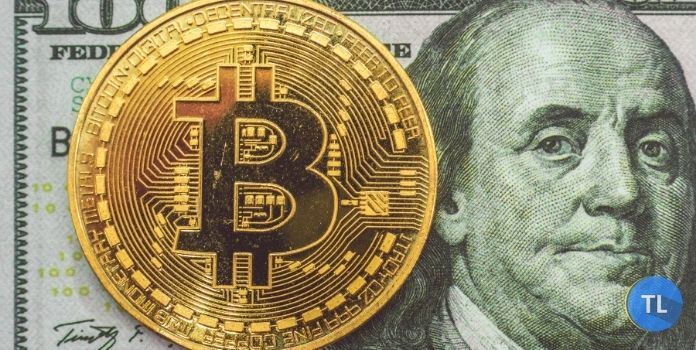While cryptocurrencies are no longer illegal in many countries, the transactions made using these surely are illegal. With technological developments, many positive changes have come out in the cryptocurrency market, and so have the negative aspects. Using these technological advancements themselves, many criminals are getting options to white-wash their black money.

The G20 Finance Ministers meeting with Japanese governors in 2019 had echoed the same concern about the use of cryptocurrencies in negative aspects. Money laundering via cryptocurrencies is not only complex but risky too. However, a better strategy needs to be developed to define accountability across fiat currencies. Many investors are trading via different platforms like https://bitcoinxapp.com/ and more. However, trading can also pave the way for money laundering, so individuals need to be extra cautious while using these.
Table of Contents
How do Criminals use Cryptocurrencies for Money Laundering?
While money laundering via cryptocurrencies is extremely difficult, many investors are making it common. These criminals may use different techniques and methods to involve in money laundering or illegal transfer of funds. These methods give way to vulnerability, thereby enabling decentralized P2P payment, cross-border transactions and many more such aspects.
1. Placement
Placement is the most crucial step for money laundering, where the illicit funds are accumulated within one intermediary. The online cryptocurrency exchanges, however, have a huge role in it. The criminals prefer using platforms that have less AML regulation and compliance.
2. Layering
Layering is crucial but one of the most difficult stages for money laundering. Structured transactions pave the way for illegal fund sourcing. However, while this may seem easy, decoding these transactions is pretty tough. With the help of crypto exchange platforms, criminals can easily convert one form of payment to another and even transfer the holdings.
3. Integration
In this section, the illegal money is returned to the economy, but with a clean status. Over the counter, brokers are the main ones who act as intermediaries between sellers and buyers. This eventually gives criminals an effective method to stay on the top. OTC brokers are the main ones to indulge in money laundering aspects because they get very high commissions using these.
4. Online gambling
Several online sports betting and casinos accept cryptocurrency payments. However, the criminals purchase chips using cryptos and then turn them to cash with only a few transactions.
5. Peer-to-peer transaction
Peer-to-peer transactions are one of the most common cases of money laundering. The criminals use decentralized networks to send and receive payments across different destinations. These transactions are made for crypto exchanges or countries where the AML transactions aren’t strict. These crypto exchange platforms allow cryptocurrencies to be turned into fiat currencies that can further be used to purchase goods.
6. Crypto mixing
Crypto mixing is also known as tumblers. Through this process, cryptocurrency users can easily do transactions while mixing their cryptocurrencies with other users. It requires careful execution and combining for better ideas. This further paves the way for getting clean cryptos.
7. Crypto ATMs
Crypto ATMs are also a great way to turn your illegal money into a legal one. In this type of network or process, people purchase cryptos using debit and credit cards. In many cases, they may also purchase cryptocurrencies by depositing money. This helps to facilitate easy trade across cash in several countries. This process is impossible in several countries because the users will have to indulge in rigorous KYC measures.
8. AML Regulations
To prevent the risk and threat of money laundering through cryptocurrencies, people across the globe are adopting security measures. The AML Regulations across the different crypto exchanges have been tightened. Most of these organizations are making it a point to ensure the users comply with the rules and regulations. Payment Services Act has also been implied in Malaysia for all businesses operating using cryptocurrencies.
Conclusion:
Cryptocurrencies are one of the best technological developments today, but there are risks involved with them. However, the investment tools and alternative value transfer options are paving the way for money laundering more with the use of cryptocurrencies
